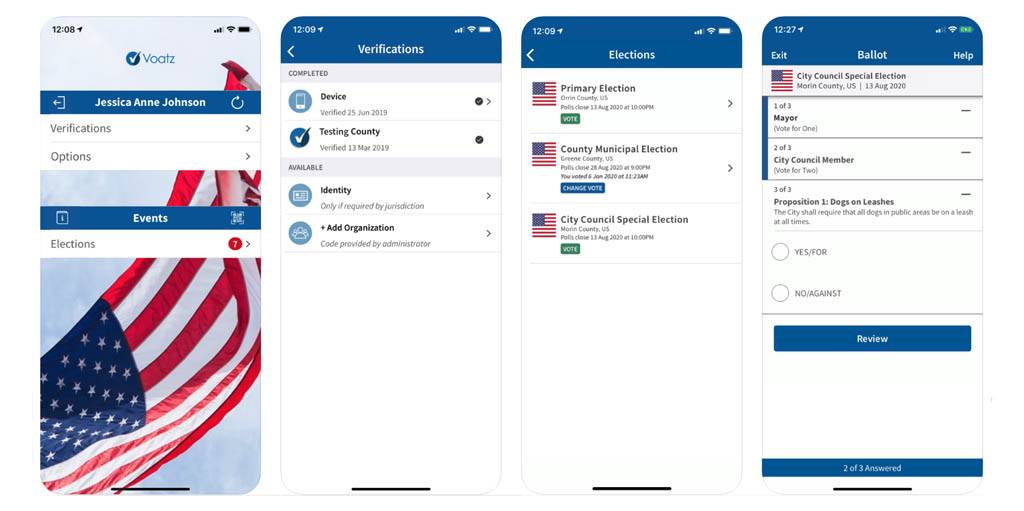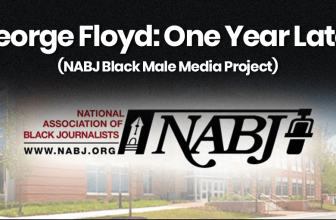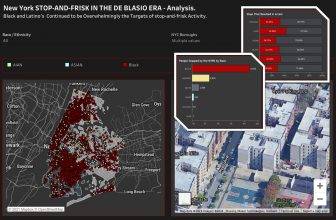Blockchain Voatz App Successfully Used at MI Dem Virtual Convention
First
This year’s Michigan convention was the first to virtually nominate candidates for the State Supreme Court, among other elected positions, for the November ballot. Using Voatz, the Boston-based mobile voting platform, a first-of-its-kind virtual convention using blockchain technology.
Covid-19 Response
Forced to participate from their homes because of the COVID-19 pandemic, nearly 2,000 delegates both submitted signature nominations and voted for their preferred candidates on the mobile app downloaded to their smartphones.

Voatz enables citizens to vote in all kinds of elections or voting events via smartphone.
2,092 credentialed delegates participated in these down-ballot votes which included the Michigan Supreme Court, Board of Education, University of Michigan Board, Michigan State University, and Wayne State University.
Blockchain Milestone
This milestone marks the fourth convention that the Michigan Democratic Party has completed in collaboration with Voatz, with the prior three conventions occurring on-site in Lansing and Detroit via the Voatz tablet voting system.
“There were so many unique challenges with this year’s convention because of the pandemic, but the Voatz platform eased many of our concerns”, “Voatz enabled our delegates to be verified remotely and participate through their smartphones. The convenience, safety and accessibility of voting this way was eye-opening for everyone who participated.”
Chrisy Jensen, Executive Director of the Michigan Democratic Party.
Accessibility
The Voatz platform was built in collaboration with disability rights advocates, including accommodations for the visually impaired via help desk.
How Voatz Works
Once a voter submits a ballot, three distinct records are created that allow a voter to verify their vote is recorded and counted as they intended (whitepaper).
- Ballot Receipt: Soon after voting, a voter receives an encrypted, anonymized receipt to verify their selections. This receipt is password protected and signed with an anonymous ID (only the voter knows this password and anonymous ID).
- Paper Ballot: A paper ballot is generated and printed at the jurisdiction for tabulation. This paper ballot is signed with the same anonymous ID, and this paper ballot constitutes the record being counted.
- Blockchain Record: All ballot selections pass through multiple, distributed nodes on a public-permissioned blockchain network. If the votes pass all checks, they are stored as a tamper-resistant record alongside all other votes.





